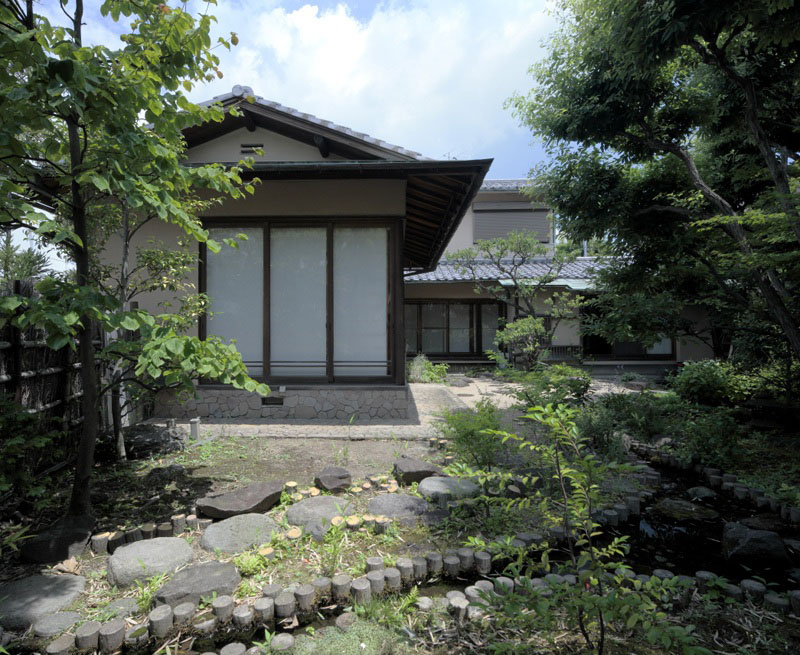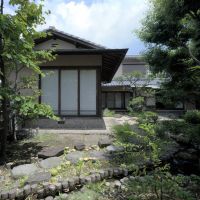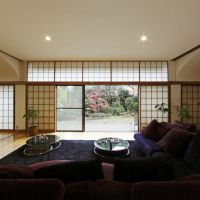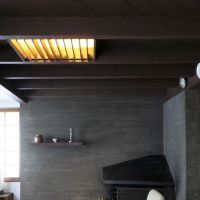Every now and again news gets around of some architecturally important building that is about to be demolished. Invariably, there arises a chorus of calls for better public preservation measures and, invariably, those calls go unheeded.
But a new exhibition at Galleria Abitare in Tokyo's Tamagawa-Denenchofu district points out that it only takes one person to ensure the longevity of Japan's architectural heritage — but he or she needs to be fairly well off.
Through photographs, plans, models and other related materials, "Living in the Showa's Masterpieces" showcases three important and at-risk Tokyo residences that are currently available to purchase. The owners of each hope to sell them to people who will preserve them — but they can't hold out forever.
The first is a two-story house in Jiyugaoka that was built in 1955 by Junzo Yoshimura for the pianist Takahiro Sonoda. The musician, who died in 2004, is known to have kept two grand pianos in the two-story, open-plan house that is set unobtrusively within a leafy garden.
The second is by Kunio Maekawa, who had worked with the renowned Le Corbusier in Paris in the 1920s and also collaborated in 1955 with Yoshimura on the Tokyo International House building in Roppongi. In 1974, Maekawa built a reinforced concrete house for himself in Kamiosaki, and it too is now available for purchase on the proviso that it be preserved.
The third house featured in the exhibition is a 1955 construction located in Tamagawa-Denenchofu. It is the handiwork of Isoya Yoshida, who is known for modernizing Japan's traditional wooden architecture.
The exhibition should tell prospective buyers all they want to know about the three houses in question — except, of course, the prices. For those, interested parties will be put in contact with the respective owners.
"Living in the Showa's Masterpieces" runs Thursdays through Sundays at Galleria Abitare until Oct 21 (1 p.m. till 6 p.m.). For more information, visit chousing.info/wordpress/?p=72 (Japanese).






